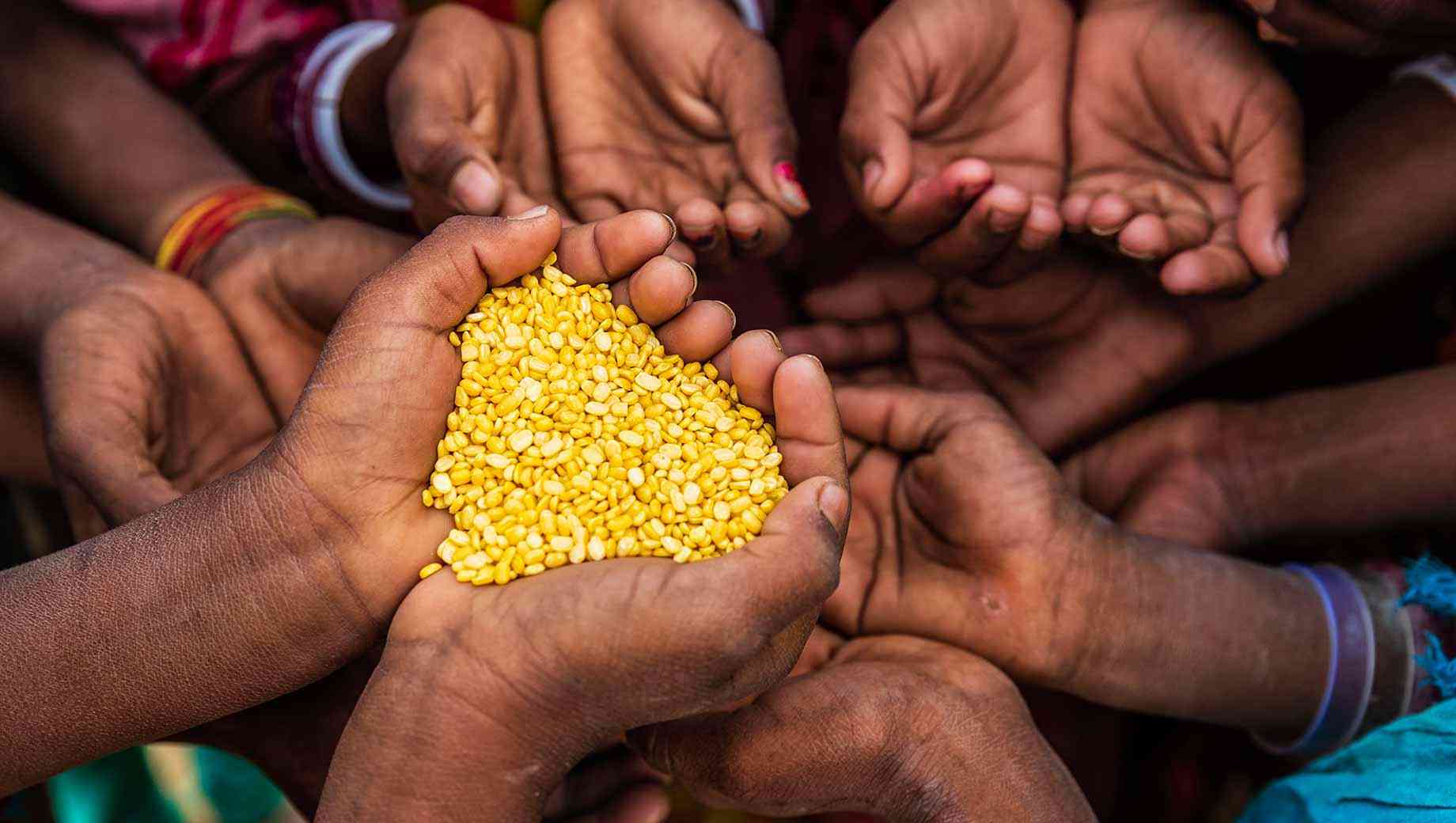
ZIMBABWE’s on-going macroeconomic challenges are expected to heighten the impact of poor harvests across the country in the post-harvest period affecting households that depend on purchasing food on the open market, a United States Agency for International Development (USAid) food security arm has warned.
According to USAid’s Early Warning Systems Network (FewsNet), an increase in the cost of living in both Zimdollar (ZWL$) and United States dollar (US$) terms will increase the proportion of households unable to afford basic food needs despite food commodities being generally available on the market.
This comes as the country’s local currency has weakened against the US dollar, sending the price of, for instance, a single loaf of bread from ZWL$6 105 to ZWL$19 357 in the past few weeks.
The Zimdollar is currently trading at US$11:ZWL$21 000 in supermarkets and 1:32 000 on the parallel market.
“The high and likely continued increase in exchange rates will likely keep ZWL prices well above normal, with price rises also likely in USD as the high production and transportation costs are passed onto the consumer,” FewsNet said.
“The high and likely continued increase in exchange rates will likely keep ZWL prices well above normal, with price rises also likely in USD as the high production and transportation costs are passed onto the consumer.
“An increase in the cost of living in ZWL and USD will increase the proportion of households unable to afford basic food needs despite food commodities being generally available on the market. Poor households are likely to increasingly engage in consumption and livelihood based coping strategies to meet their food needs.”
The premature cessation of the rainy season in mid-January has resulted in below-normal harvests, high food and commodity prices and limited market access.
- Mavhunga puts DeMbare into Chibuku quarterfinals
- Bulls to charge into Zimbabwe gold stocks
- Ndiraya concerned as goals dry up
- Letters: How solar power is transforming African farms
Keep Reading
This is due an El Niño-induced phenomenon, which brought high temperatures and below-average rainfall to southern Africa from November to April, significantly affecting agriculture and leading to water scarcity, food shortages, and disease outbreaks.
“Staple grain prices are higher than normal as demand and staple grain scarcity on the open market increase. In March, maize grain prices remained significantly above normal and continued to increase in some areas,” FewsNet said.
“Government, donors, humanitarian partners, and other stakeholders should prepare for high food assistance needs throughout 2024, with a likely need to further scale up humanitarian assistance in late 2024 and early 2025, given an anticipated earlier-than-normal start of the 2024/25 lean season.”
A World Food Programme report issued recently estimated that 5,4 million Zimbabweans are currently facing hunger amid deepening economic problems and macroeconomic instability, characterised by currency volatility and surging inflation.
According to the Zimbabwe National Statistics Agency, the food poverty line has gone up 62,2% from ZWL$432 454 90 recorded in February to ZWL$701 236 89 in March, while the year-on-year inflation rate stood at 53,3%.
In November last year, FewsNet predicted that the rainfall deficits would likely result in below-average 2024 harvests, including in surplus-producing South Africa and Zambia.
It said the shock followed localised below-average harvests in 2023 and poor macroeconomic conditions in Malawi and Zimbabwe, and that overall, over 20 million people will be in need of food assistance during the January-to-March 2024 peak of the lean season in the region.
“Deficit-producing areas of Zimbabwe, southern Malawi, southern and central Mozambique, and southern Madagascar are of highest concern,” FewsNet said then.
“Governments, donors, humanitarian partners, and other stakeholders should prepare for high food assistance needs through early 2025 . . .
“Furthermore, in the areas of highest concern — including southern and western Zimbabwe, southern Malawi, southern and central Mozambique, and southern Madagascar — that are worst affected by rainfall deficits, crisis (Integrated Food Security Phase Classification Phase 3) outcomes will likely persist during the post-harvest period.”
Integrated Food Security Phase Classification Phase 3 means that at least 20% of households in an area are experiencing crisis or worse outcomes, and acute malnutrition rates are expected to be between 10% and 15%.
Despite all these concerns, President Emmerson Mnangagwa early last month was adamant, and claimed that no one would die from hunger and that his administration had put in place adequate measures to guarantee food for all communities.
His claim came as Zimbabwe nation is experiencing one of its driest years in history as crops wilt under the scorching sun while water sources are drying up, threatening livestock.
In his speech at the handover of 100 condition of service vehicles to chiefs at the Harare International Conference Centre in early March, Mnangagwa said the traditional leaders should assure communities that food supply was guaranteed.
“In view of the dire effects of the El Niño weather phenomenon, I want to assure the nation that measures have been put in place to guarantee adequate food for all communities of our country. I appeal to you as traditional leaders to go and re-assure our people that no communities will starve,” he said.
“As chiefs, you are all-embracive in the manner you deal with your people and I urge this spirit to continue, while the identification of vulnerable households, in particular, widows and child-headed families, should be undertaken timely.”
However, prominent United States economist Steve Hanke recently revealed that Zimbabwe’s inflation now stands at 2 257%, making it the highest inflation rate in the world.
Hanke’s annual inflation rate is implied using Purchasing Power Parity from free and black market exchange rate data.
Incoming Reserve Bank of Zimbabwe governor John Mushayavanhu is expected to soon present the delayed monetary policy statement to be centred on the new currency this week.










